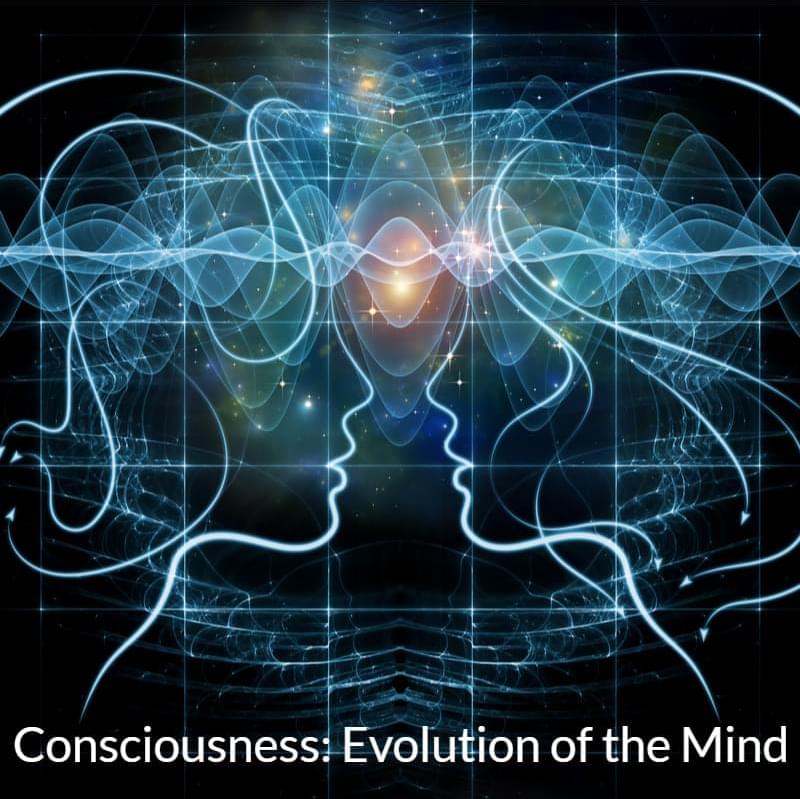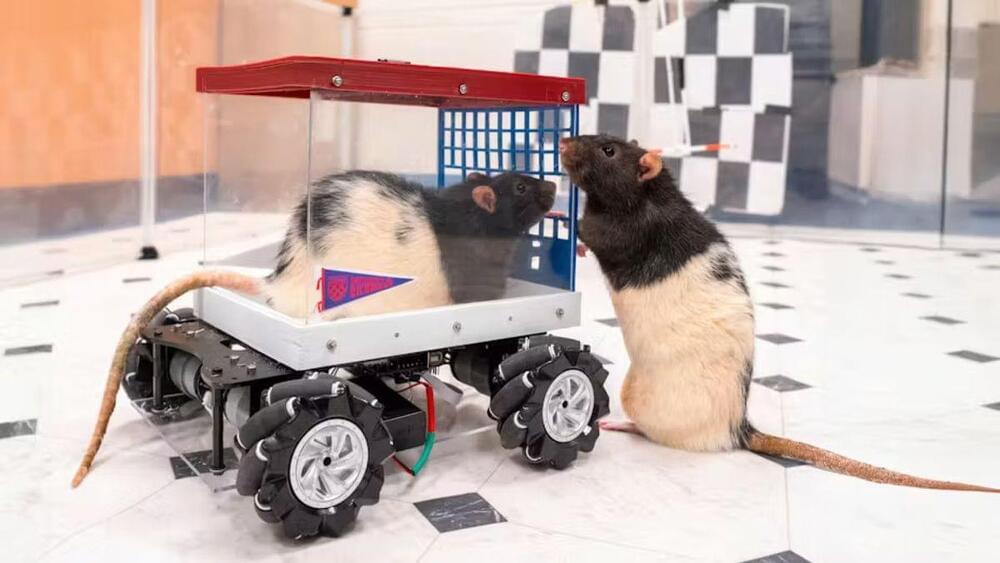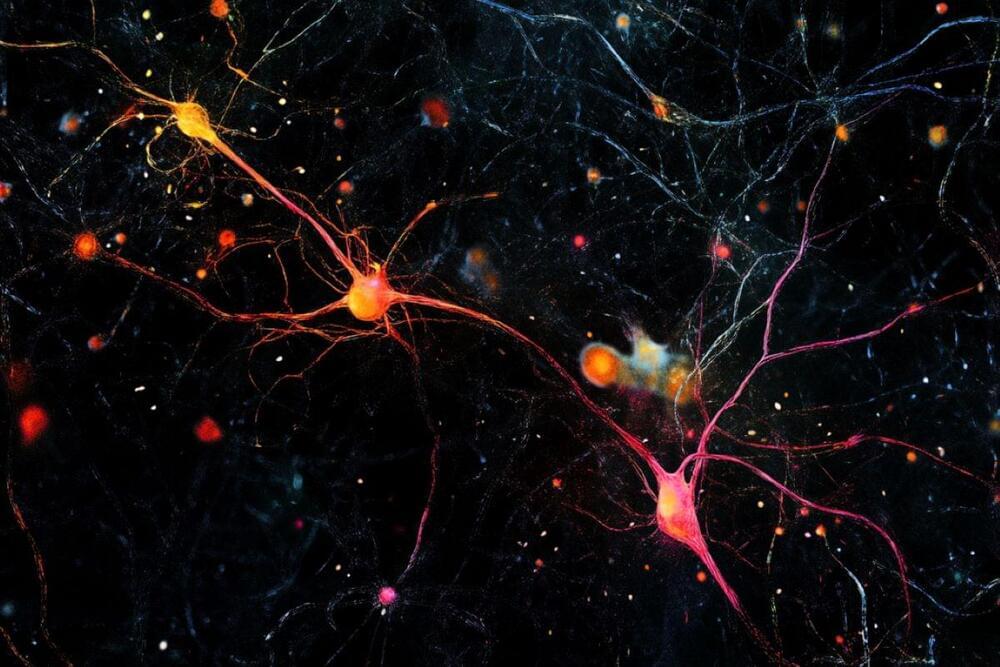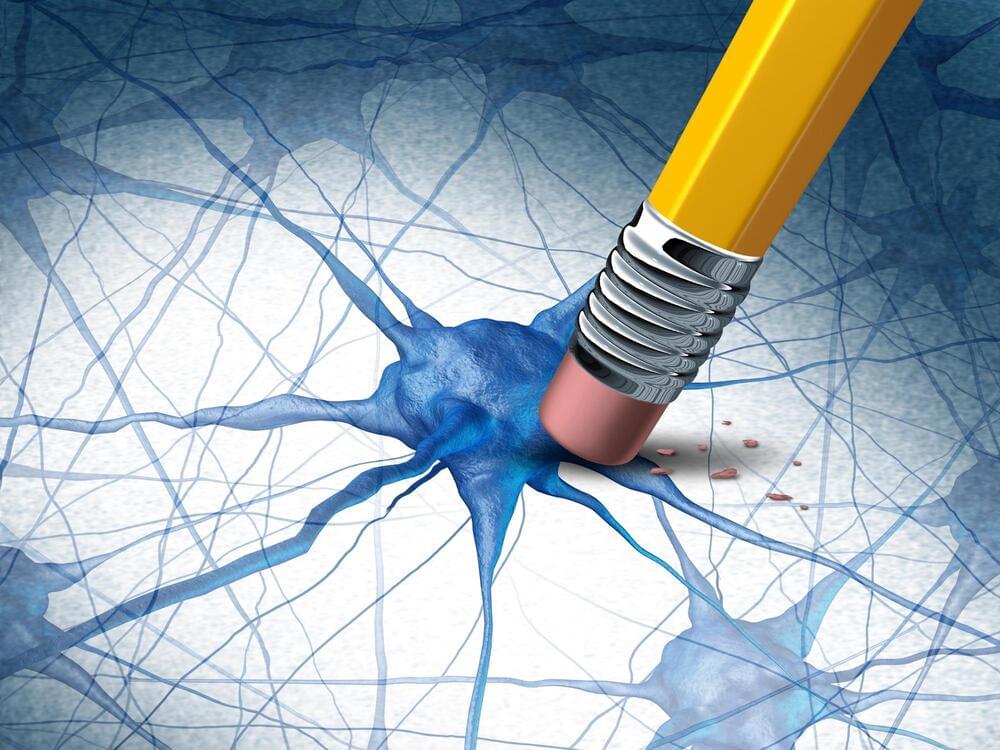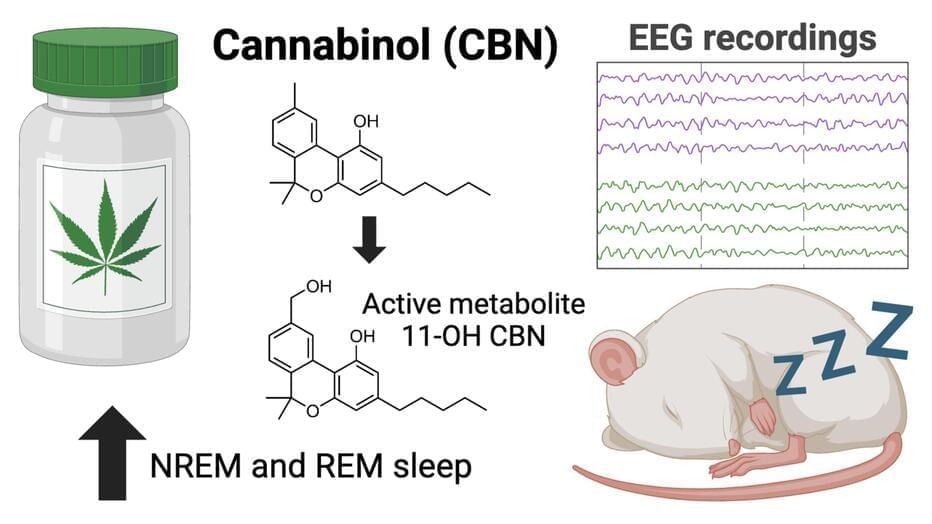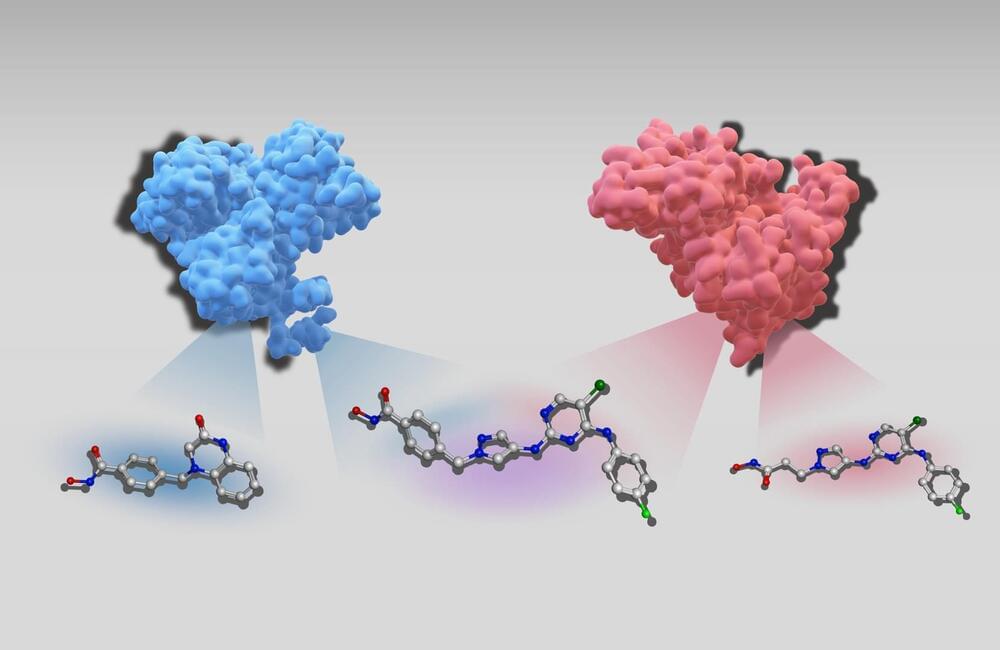Nov 17, 2024
From Homo Sapiens to Holo Syntellectus: A Journey into the Cybernetic Singularity
Posted by Alex Vikoulov in categories: biological, life extension, robotics/AI, singularity, transhumanism
Step Into the Future with The Cybernetic Singularity: The Syntellect Emergence 🎧 The groundbreaking third volume of The Cybernetic Theory of Mind series by Alex M Vikoulov is now available as an audiobook!
Ecstadelic Media Group releases a new non-fiction audiobook The Cybernetic Singularity: The Syntellect Emergence, in addition to a previously published Kindle eBook, part of The Cybernetic Theory of Mind series. Written by Alex M. Vikoulov; Narrated by Virtual Voice; Foreword by Antonin Tuynman, PhD; Format: Audible audiobook (Press Release, Burlingame, CA, USA, November 16, 2024 09.23 AM PST)
